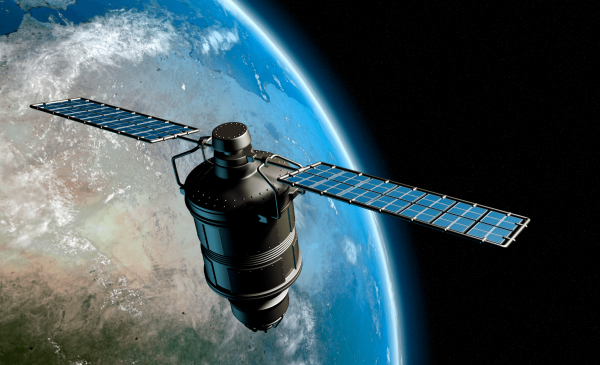The consequences of our Global Navigation Satellite System (GNSS) failing ranges anywhere between inconvenient to catastrophic. It is easy to underestimate how reliant we have become on navigation systems in our daily lives, and we often do not realise how dependant our services and national infrastructure is on GNSS, so much so that it has now become known as the ‘invisible utility’.
Railways, telecommunications and emergency services are just a few areas now reliant on GNSS for their operations. And yet, when GNSS was first developed by the US Department of Defence, its vulnerabilities were well-known enough to ensure they did not critically depend on it. Global Positioning System (GPS) was created in the 1970s, and now consists of up to 24 satellites circling the Earth in a precise orbit. It was originally intended to be used solely for military applications, but this remit was broadened to the wider public in the 1980s. Over time, GPS was adopted by service providers, companies and consumers, who became both increasingly dependent and oblivious to the weaknesses of the system over time. It has been estimated that by 2020, 80% of the world’s adult population will have access to a smart phone and therefore access to GNSS.
What happens when our GNSS system fails? According to the Satellite-derived time and position: Blackett review (2018), “all GNSS receivers are vulnerable to natural and man-made interference”. Jamming, spoofing and even space weather can result in inaccuracies or loss of signal, and given the level of dependence on the navigation system across main services, this can severely weaken a country’s infrastructure.
At the UK Quantum Technology Hub Sensors and Timing, led by the University of Birmingham, one of our key work streams is to create a quantum inertial navigation system. This is a standalone navigation system which does not rely on satellite signals and is therefore invulnerable to the same external risks experienced by GNSS.
Researchers at Imperial College London, one of the Quantum Technology Hub’s partners (alongside Southampton, Sussex, NPL, Strathclyde, Glasgow, Nottingham and the British Geological Survey) are leading the research and development of the quantum inertial navigation system.
So how does it work? Classical microelectromechanical systems (MEMs) can already provide high precision sensors for inertial navigation systems. However, MEMs devices are prone to drift, which limits how long they can provide accurate location information. Quantum inertial sensors overcome the problem of drift by measuring properties of atoms supercooled using lasers. At extremely low temperatures, the atoms ‘quantum’ nature dominates and they behave like waves, which can be used to encode inertial information. By hybridising MEMs and quantum inertial sensors we get the best of both – drifts are minimised, and measurement speed is maintained.
Dr Joseph Cotter, Research Fellow at the Centre for Cold Matter at Imperial College London, said: “The quantum navigation systems being developed by the UK Quantum Technology Hub Sensors and Timing offer the exciting prospect of new technologies that provide better and more reliable location information, without the need for a satellite link.”
The quantum inertial navigation system promises huge benefits to the UK. It will free large sections of our services and many professions from reliance on GNSS and the fear of it failing. As with much of the sensor research at the UK Quantum Technology Hub Sensors and Timing, the system will ensure that the country’s critical infrastructure is more secure and resilient.




